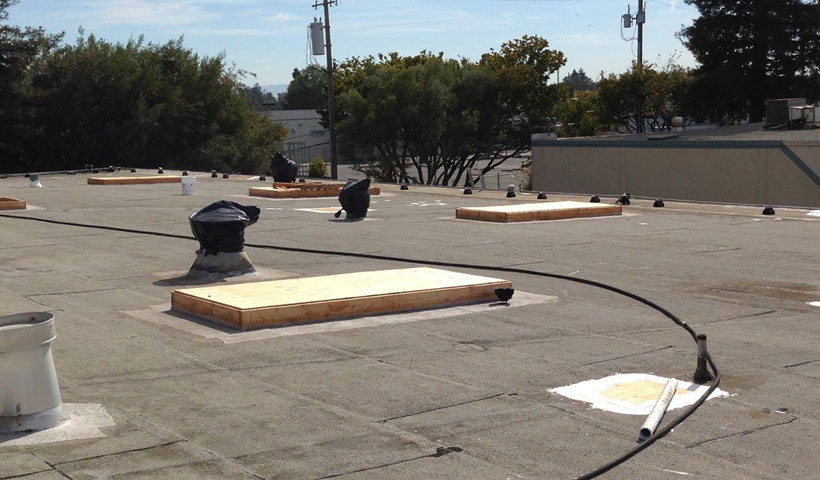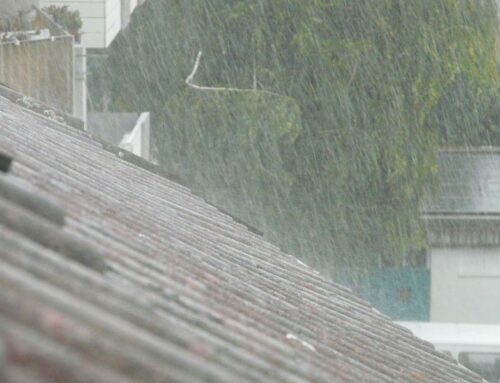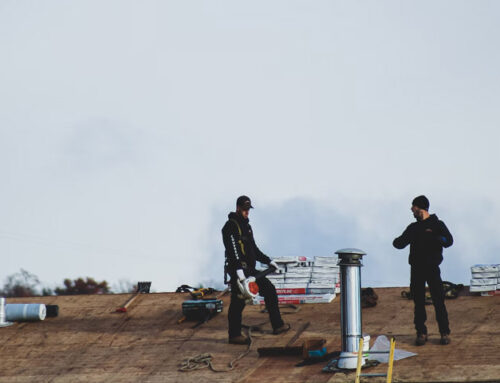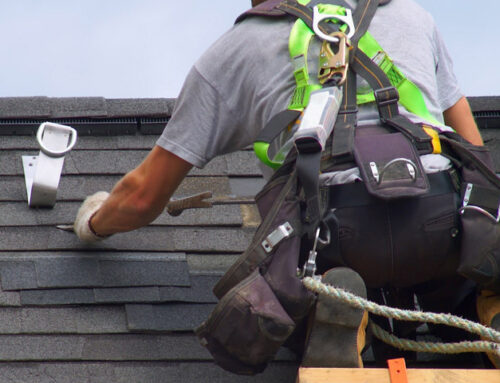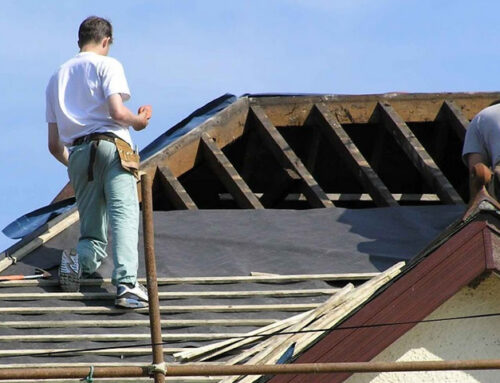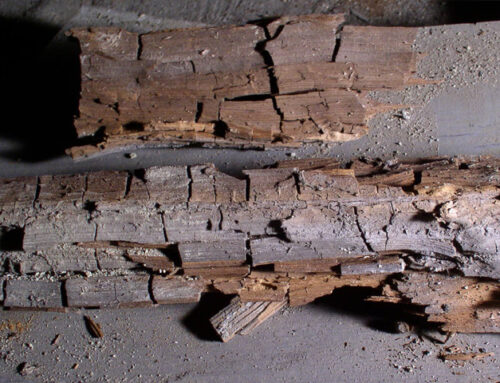Flat roof problems can be frustrating. Flat roofs are often large and surveying them for leaks, and other problems can be challenging. By far, the best way to avoid flat roof problems is to have it installed properly in the first place. But that’s not all you can do if your flat roof has developed a problem. Here are some of the most common flat roof problems and what you can do to resolve them.
1. Drainage Problems
One of the most common issues with a flat roof is slow drainage. If a roof does not clear all of the rain collected on it in 24-48 hours, it has a drainage problem that can lead to damage to the membranes and leaks.
Drainage problems can be avoided during installation by choosing an amply sized drainage system. The largest roofs may require a siphonic system to properly clear water. Further, the roof should have been sloped properly to direct water towards the drainage system. Flat roofs aren’t truly flat. They have a small slope of roughly 5 degrees.
After installation, you may be able to add additional drains to help move water off the roof. If the sloe drainage is caused by clogged drains, it’s wise to place guards on the drains. These prevent debris from getting into the drains and causing a clog. It is still important to routinely remove the debris from the roof to help the water drain.
2. Ponding Water
Often if you do not address a drainage problem, your roof will develop ponding issues. Ponding is where part of the roof is depressed, so the water remains in that spot like a pond. Other things can cause ponding on your flat roof, including having too much HVAC equipment in one place, too much foot traffic in the spot where there is a pond and improper installation.
Once you have ponding water, the best solution may be to remove the cap sheet or top layer where there is ponding and replace it. Your roofer should also fix the underlying issue that caused the ponding to ensure it doesn’t come back.
3. Leaks
Due to the layered nature of many flat roofs, leaks can go undetected for quite some time. A leak in the top layer can make its way down through the layers of the roof. It may end up coming through the ceiling far away from where the initial link in the top layer occurred. That’s why fixing leaks in a flat roof can be challenging, as you have to find the moisture and repair both layers.
You can prevent leaks in the first place by having regular inspections. Your roofer can use specialized equipment such as infrared leak detectors to find water before it damages the bottom layer and gets into your property.
4. Blistering
Cap membranes on flat roofs may develop blisters or look like a crocodile’s skin. This can increase the likelihood that your roof gets a leak. Depending on your type of roof, blistering may be a result of improper installation, or it may just mean that your roof has reached the end of its lifespan. Either way, the solution for blistering is to replace the affected sections.
There are many more flat roof problems you may encounter. When you need a flat roof repair in Morgan Hill, Campbell, San Jose, or any city in between, reach out to our professional roofers today.


